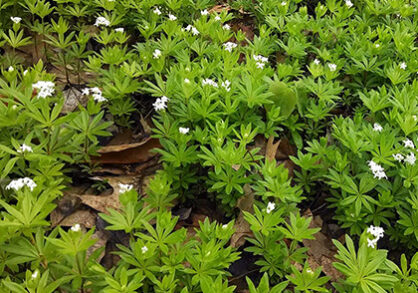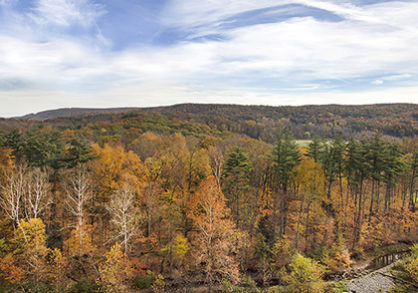Our plant conservation efforts
To stem the loss of biodiversity and cultural diversity we actively conserve rare and endangered plants, apply adaptive management approaches to natural area conservation, preserve regional diversity, control invasive species, and collaborate with national and international organizations, and preserve our plants at Cornell’s herbarium.


